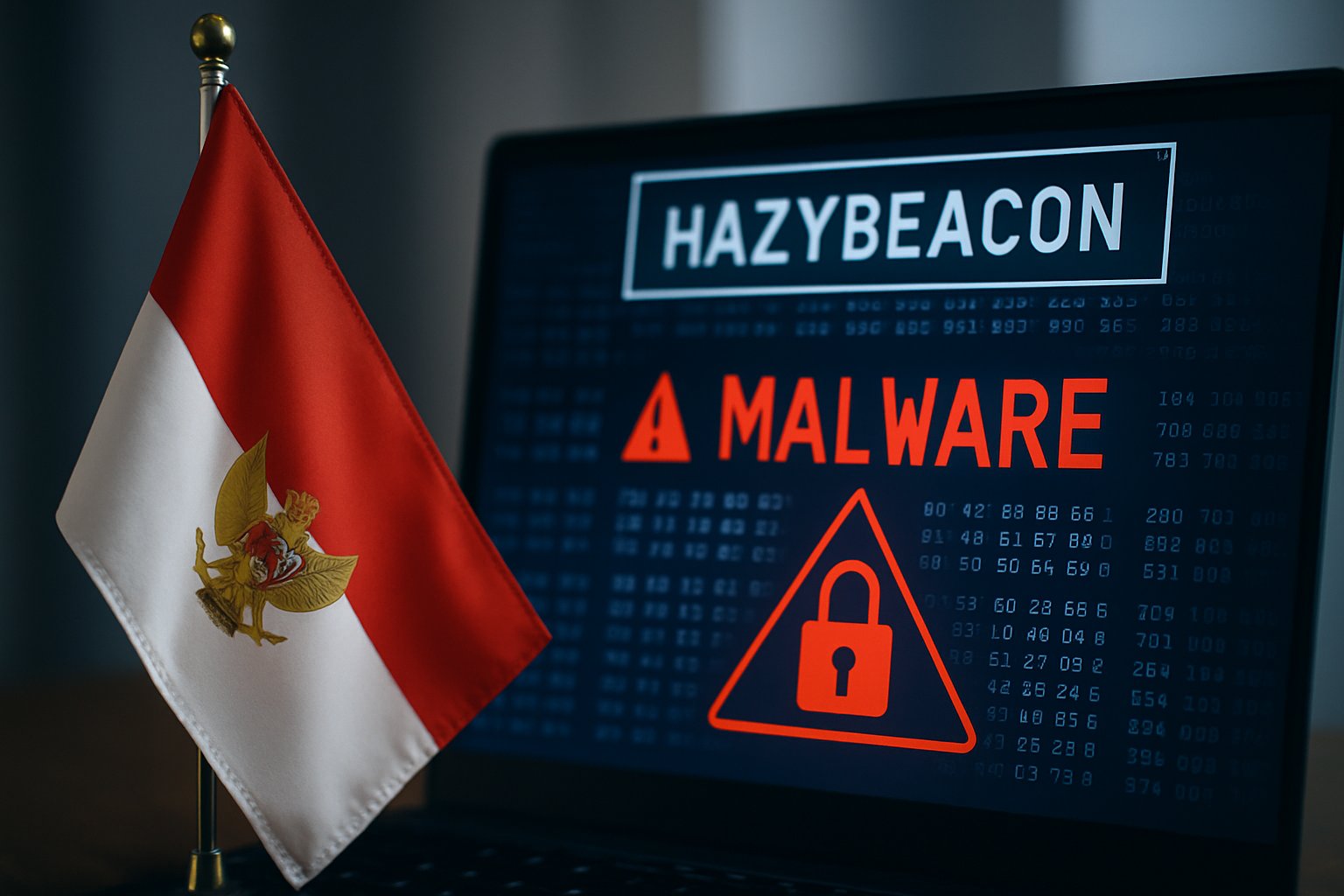Governmental organizations across Southeast Asia are facing a sophisticated campaign utilizing a previously undocumented Windows backdoor named HazyBeacon. This malware aims to steal sensitive information, particularly concerning trade tariffs and government policies. Reports from Palo Alto Networks’ Unit 42 indicate that this activity falls under the designation of CL-STA-1020, denoting its state-backed motivation.
The growing interest in Southeast Asia as a focal point for cyber espionage is attributed to the region’s strategic role in global trade negotiations and its military modernization efforts. As tensions between the U.S. and China rise, valid intelligence regarding foreign policy decisions, infrastructure plans, and regulatory changes becomes crucial for both adversaries and allies.
Initial methods of distributing the HazyBeacon malware remain unclear. However, investigations suggest the utilization of DLL side-loading techniques to deploy the malicious software. This process includes embedding a harmful version of a DLL named mscorsvc.dll alongside a legitimate executable, mscorsvw.exe, to circumvent typical security defenses.
Once activated, HazyBeacon establishes a communication link with an attacker-controlled server, allowing them to issue commands and download additional payloads. Notably, the malware leverages AWS Lambda URLs for its command-and-control infrastructure, taking advantage of legitimate cloud services to obscure its activities from detection. This trend highlights an ongoing challenge for cybersecurity professionals as attackers continually evolve their strategies, utilizing trusted platforms for malicious operations.
As further analysis reveals, the malware includes a file collector module designed to search for sensitive documents related to recent U.S. tariff measures, employing services like Google Drive and Dropbox for data exfiltration. Palo Alto Networks urges defenders to monitor for outbound traffic to rarely used cloud endpoints and implement context-aware baselining to differentiate between legitimate and malicious activities.
Culminating in a calculated cleanup phase, the attackers employ commands to erase traces of their invasion, ensuring that no artifacts of the attack remain. This dark cloud of HazyBeacon’s activities serves as a stark reminder of the persistent threat posed by advanced malware, urging enhanced vigilance from organizations across vulnerable sectors.

